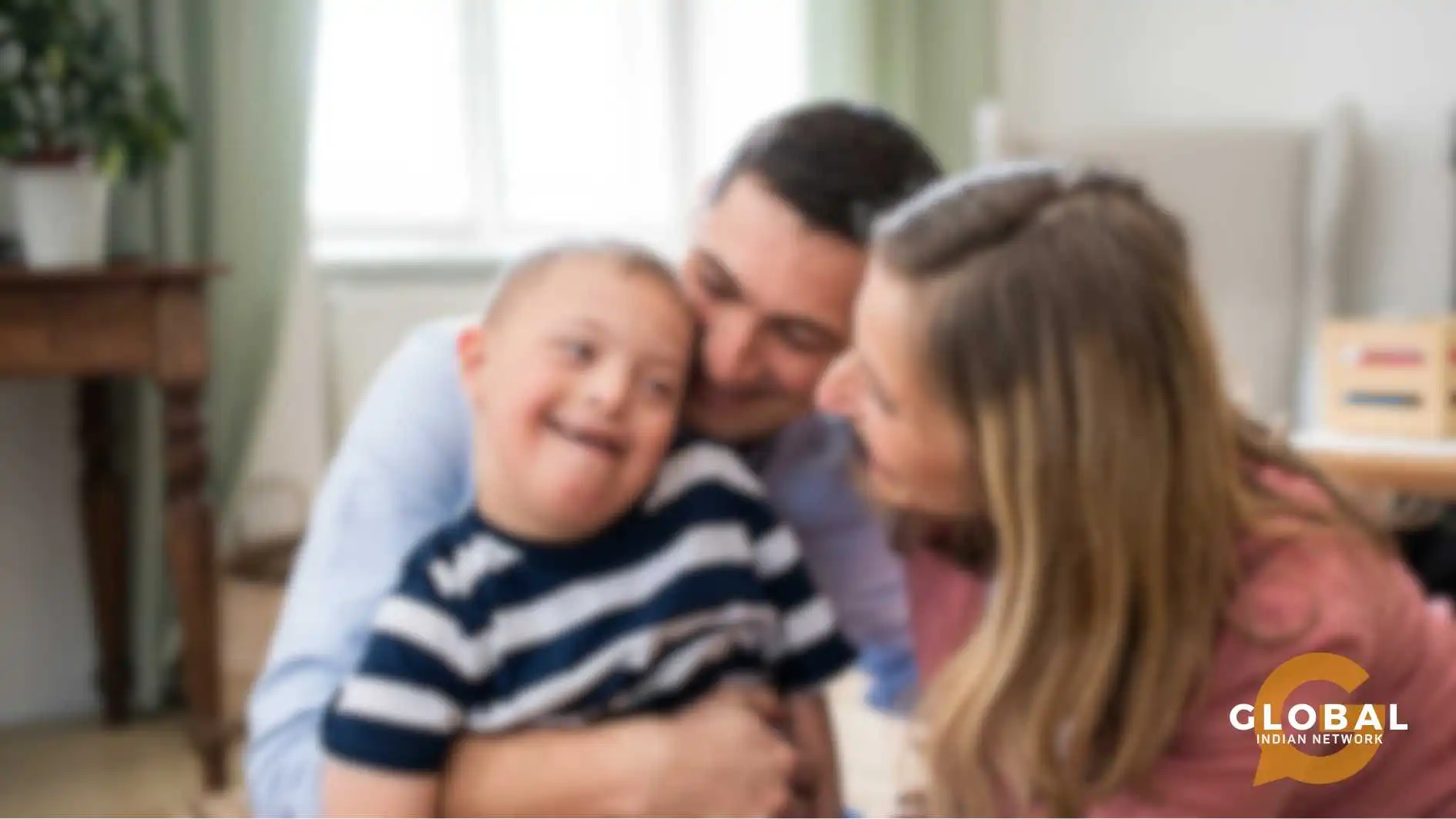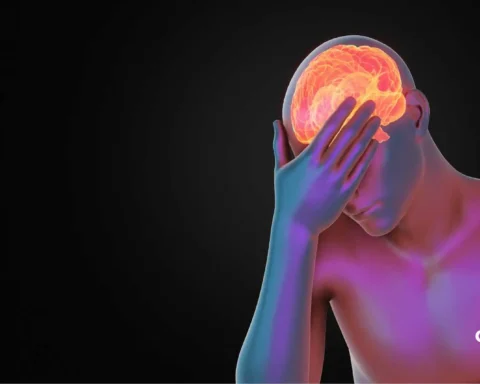Angelman Syndrome (AS) is a rare neurogenetic disorder that is characterized by developmental disabilities, intellectual disabilities, and behavioral challenges. Angelman Syndrome behaviors may present themselves in children as aggressive patterns of action, and they often cause a negative impact. It is crucial to identify and manage these behaviors as and when they present themselves. This blog has important strategies for identifying and managing Angelman Syndrome behaviors.
Table of Contents
Supporting Children with Angelman Syndrome Behaviors in Daily Life
Angelman Syndrome (AS) is a rare intellectual disorder that is marked by clinical features such as developmental disabilities, intellectual disabilities, and unique behavioral phenotypes. Effectively understanding and managing Angelman syndrome behaviors can significantly improve the quality of life for both the child and their family. AS is caused by genetic deletions, uniparental disomy, or other genomic imprinting errors on chromosome 15. Advances in understanding these genetic factors have guided treatment and research, offering hope for better support strategies.
Children with Angelman Syndrome exhibit distinctive behaviors such as frequent laughter, a happy demeanour, and stereotyped movements. Often described as the “happy puppet” syndrome or the “puppet-like syndrome” due to their joyful expressions and motor characteristics, these traits can manifest themselves as early as 6 months of age. While the traits displayed by individuals may vary, frequent laughter, uncontrollable smiling, sleep disturbances, and anxiety are part of the most common behavioral phenotypes. Some behaviors caused by AS are also common with other intellectual disabilities or genetic syndromes such as Down syndrome, Fragile X syndrome, or Prader-Willi syndrome.

How to Identify Troubling Angelman Syndrome Behaviors
The disorder can often cause severe and disruptive behaviors, including aggressive behavior and self-injurious behavior. Disturbances in individuals with Angelman syndrome are common. These behaviors, combined with developmental disturbances, may require tailored interventions. Self-injurious behavior or aggressive behavior towards others is the most common difficult behavior caused by the syndrome. The behavioral phenotype in adolescents with the syndrome can cause these patterns of action for various reasons.
This can include parental neglect, pain or discomfort, and even sensory overload. External causes, such as escape from social contact or access to a preferred activity, can also lead to children displaying these troubling patterns. Parental reports of stereotyped behavior are also known to cause this aggression in children. It is critical to identify when a child is experiencing these troubling symptoms and to build a management plan that successfully helps the individual lead a better life and not just suppress the behaviors.
Practical Strategies for Children with Angelman Syndrome Behaviors
It is critical to adopt an adaptive behavior profile when it comes to managing AS in children. Many children with the syndrome experience an absence of speech, making alternative communication systems essential. Functional Communication Training can help replace maladaptive behaviors with effective ways to express needs and desires. Assistive devices and picture boards are valuable tools for promoting independence. Healthy communicative behaviors must be encouraged, and positive social stimuli are crucial for developing favourable behavior in children.
Challenging behavior in children with AS often stems from frustration or unmet sensory needs. Strategies to manage these behaviors include identifying triggers and positive reinforcement. Observing and understanding triggers, such as loud noises or environmental disturbances, helps reduce sensory overload behavior in children, and encouraging pro-social behaviors through positive feedback is crucial for reducing aggressive patterns. Angelman syndrome patients may also benefit from sensory integration therapy, as this helps address sensory sensitivities with calming activities.
Another important step is to ensure that stereotyped behaviors are reduced, ensuring no outbursts or self-injurious behaviors occur in children with Prader-Willi and Angelman Syndromes, or other genetic syndromes such as Fragile X syndrome.
Educational plans tailored to intellectual and developmental disabilities are vital. These plans must be developed keeping in mind the behavioral features of each individual. Early intervention should focus on activities that enhance motor skills, social behavior, cognitive abilities, and adaptive behaviors in children. Sleep disturbance is also one of the common behaviors in individuals with neurodevelopmental disorders such as Angelman syndrome. Establishing a consistent bedtime routine, limiting screen time, and exploring pharmacological treatments under medical supervision can go a long way in improving sleep quality. Children with Angelman syndrome behaviors thrive in positive social environments. Caregivers of individuals with AS should engage them in community programs that foster pro-social skills and help reduce feelings of isolation.
Addressing Coexisting Conditions
Angelman Syndrome may co-occur with other genetic syndromes, such as Prader-Willi and Angelman syndromes, highlighting the need for multidisciplinary interventions. Speech impairments such as those seen in Autistic spectrum disorders are also common. Autistic-like features such as repetitive behaviors and sensory reinforcement may also be seen. Differentiating between AS and other syndromes, like Fragile X Syndrome, is crucial for developing targeted treatments. Previous studies have shown that accurate diagnosis significantly impacts intervention strategies.
Improving the quality of life for children with AS requires a holistic approach. By addressing behavioral features, supporting caregivers, and fostering an empathetic environment, families can create meaningful and positive experiences.

Conclusion
In conclusion, the challenges associated with Angelman syndrome behaviors should be met with compassion, research-based interventions, and consistent routines. By focusing on communication skills, and managing challenging behaviors that foster social connections, families can embrace the unique joys and challenges of raising a child with AS. Additionally, understanding the syndrome in adulthood can help families prepare for long-term support.
For further guidance, explore resources such as the National Institutes of Health and journals focused on genetic disorders and developmental disabilities, including the American Journal of Medical Genetics and other trusted publications.
FAQs
What are the Behaviors of Angelman Syndrome?
People with Angelman Syndrome are often characterized by frequent laughter and smiling, hyperactivity, poor attention spans, and sleeping problems. They may also have delayed motor development and some speech development issues.
What is Smiling Angelman Syndrome?
Frequent smiling and laughter are often seen in individuals with Angelman Syndrome and are described as a hallmark feature of the condition. It is linked to their generally happy demeanour and excitable personality.
What are the Symptoms of Angelman Syndrome in Adults?
Adults with Angelman Syndrome may remain intellectually disabled, have speech disabilities, problems with motor coordination, and exhibit characteristic behaviors, such as frequent laughter. The classic symptoms of hyperactivity typically resolve; however, these individuals may also have issues with sleep disorders and seizures.









